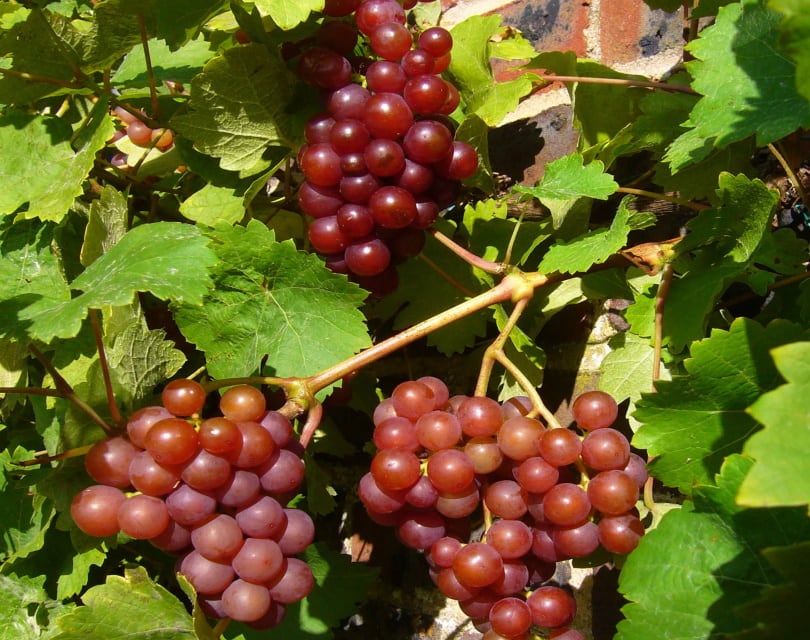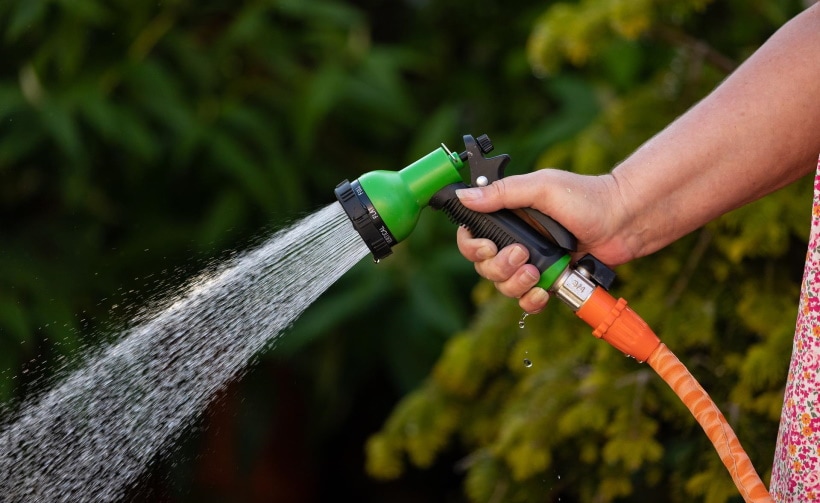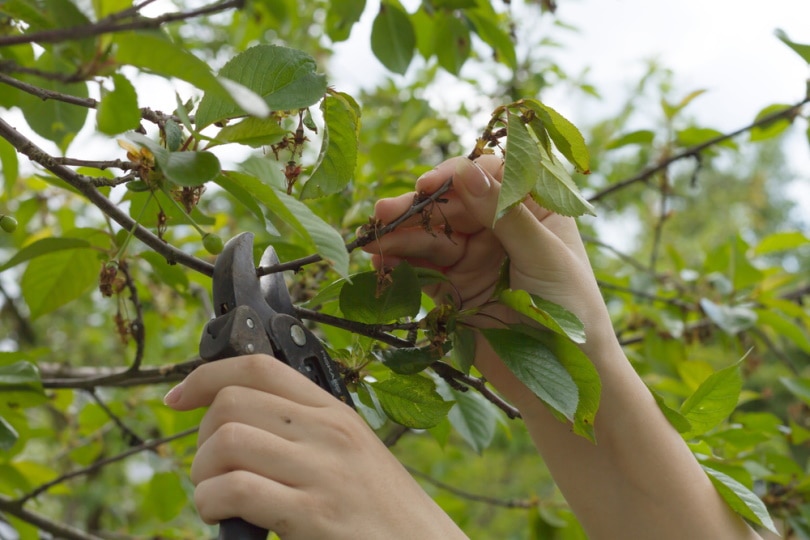How Long Does It Take for Grape Vines to Produce Grapes? 5 Factors
-
Codee Chessher
- Last updated:

Grapes are one of the tastiest fruits you can grow yourself at home, but they take a little more patience than most plants. Grape vines are notoriously slow-growing, taking up to 3 years to produce fruit from seed. Transplanted roots are your best bet to get fruit as soon as possible, yielding grapes as soon as a year later.
As with any plant, grape vines have their own set of specific needs to flourish. It’s critical that you pay attention to the plant’s water needs, sunlight requirements, pruning routine, harvest timing, and type of grape. Each of these will directly impact how well your grape vine produces, and even help it produce grapes sooner. Let’s dive into how you can help your grape vine produce more grapes sooner.
The 5 Factors That Affect Grape Production Rates
1. Water Needs

Grapes prefer moist, loamy soil that has ample drainage. By providing the plant with plenty of water but not drowning its roots, you’ll help it grow sooner. Grapes need sturdy roots to thrive, and looser soil is preferred. You can grow grapes with denser soil, but it might negatively affect the plant. Aim for loamy soil with organic amendments. Grapes prefer acidic to slightly basic soil, with a preferred pH range of 5.5 to 8.5.
2. Sunlight Requirements
Grapes need a lot of sun to synthesize the nutrients to grow and produce fruit. You should allow your grape vines to get at least 6 to 8 hours of sunlight every day, with no less than 6 hours a day. Some variants can survive slightly shady conditions, but you should always aim for more sun than less. Neglected grapevines grow a lot of leaves on the upper levels and the lower levels can’t get enough sunlight to grow lots of juicy grapes.
3. Pruning Routine

Grapes need regular pruning to produce the most fruit possible. As touched on above, allowing vines to keep growing leaves will shade lower levels and reduce fruit production. Prune all the sprouts that grow in the plant’s first year. Let the four strongest sprouts grow into the plant’s canes. Typically, you should aim for 12 to 15 buds per cane, but fewer are better for young plants. In the second year, allow the plant to expand before cutting most of it in the fall.
4. Harvest Timing
Grapes can be deceptive, appearing mature when they’re still unripe. The best way to check if the grapes are ripe is simply to taste them. Unripe grapes will be less sweet than grapes left on the vine for longer. Harvest timing can be elusive and vary year to year, with cloudier years taking longer for grapes to ripen. Don’t use last year’s harvest date as an indication of when to harvest this year—taste-test them every year.
5. Type of Grape

There are numerous types of grapes, and each has its own preferred temperature range, shade tolerance, sunlight needs, and water requirements. Seedless grapes generally do better in cooler climates, with wine grapes doing well in more Mediterranean climates with cool springs and falls. Always make sure you check the recommended USDA hardiness zone for your type of grape plant, matching your climate with its preferred conditions.
Conclusion
Grapes are one of the juiciest fruits, and having a vine or two in your garden can yield delicious dividends as soon as a year or three later. They take some attention, patience, and judicious pruning, but grapes are a great way to stock your produce supply and make tasty desserts or wine for your rack.
Featured Image Credit: Shirley810, Pixabay
Contents

